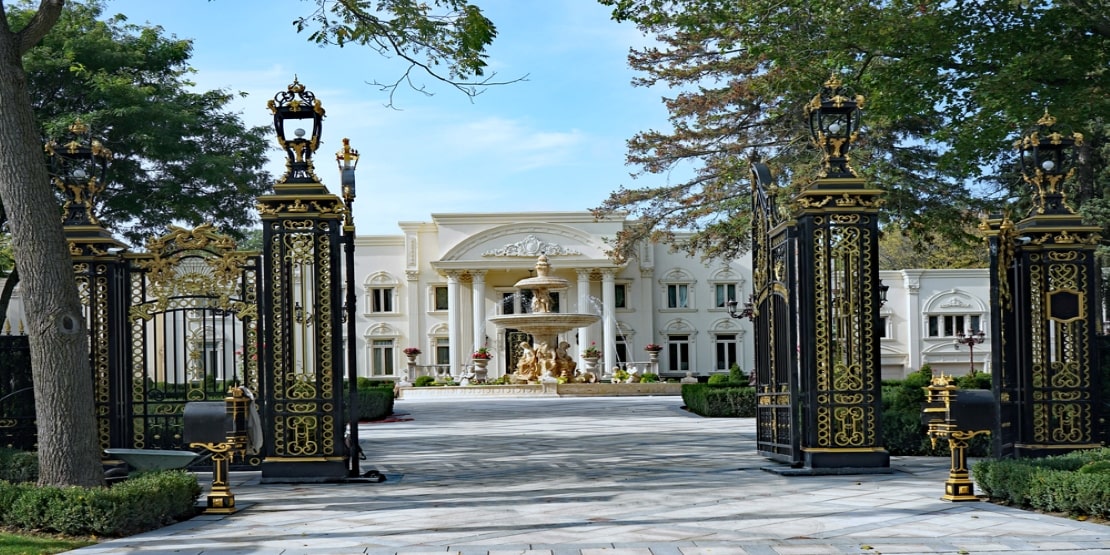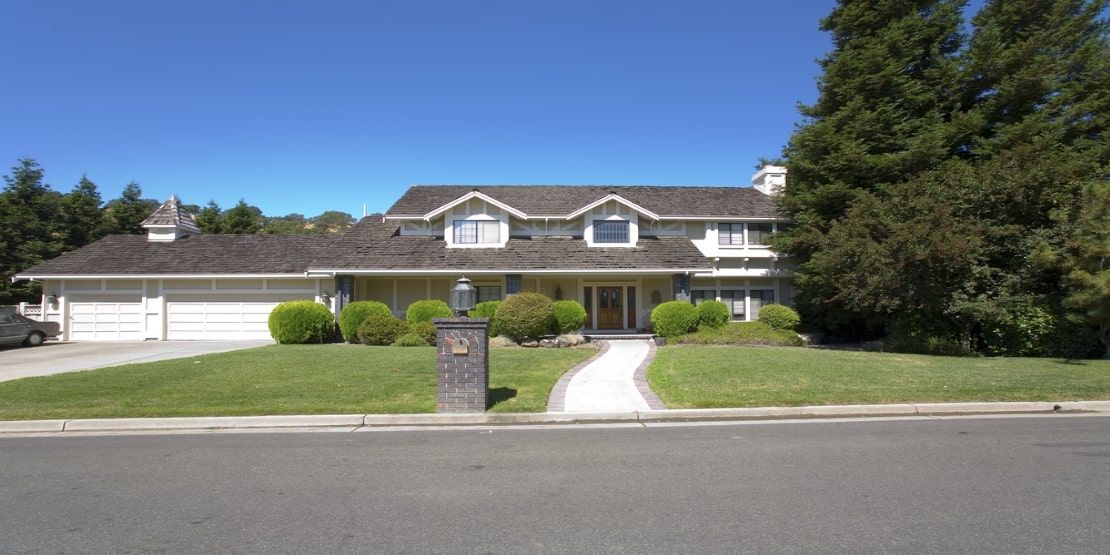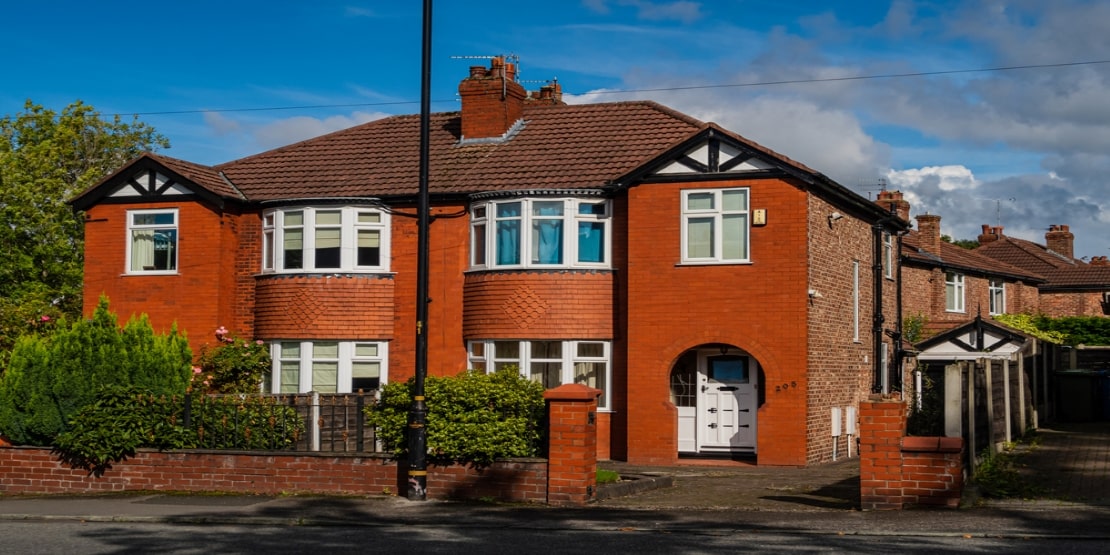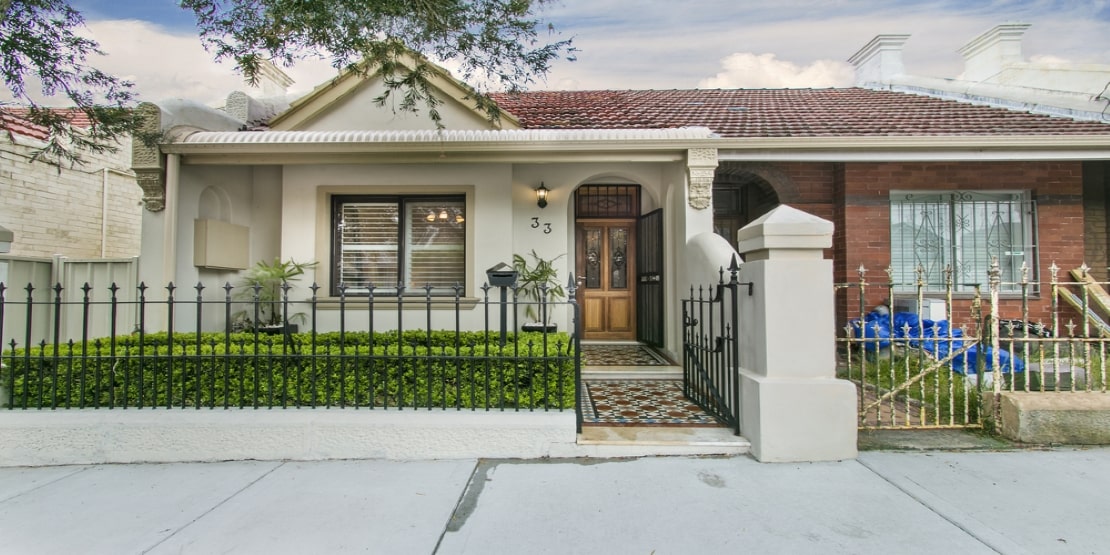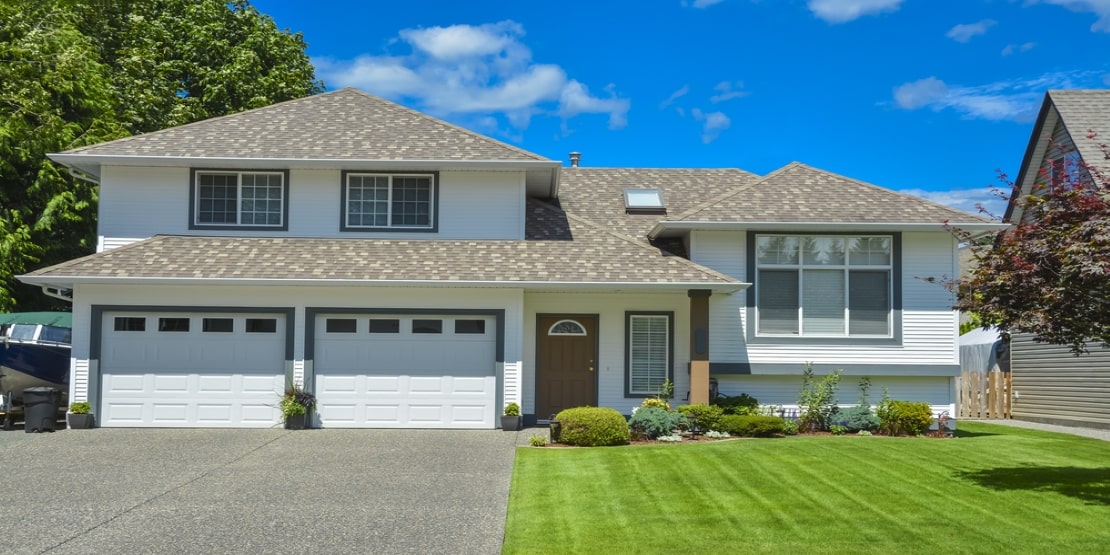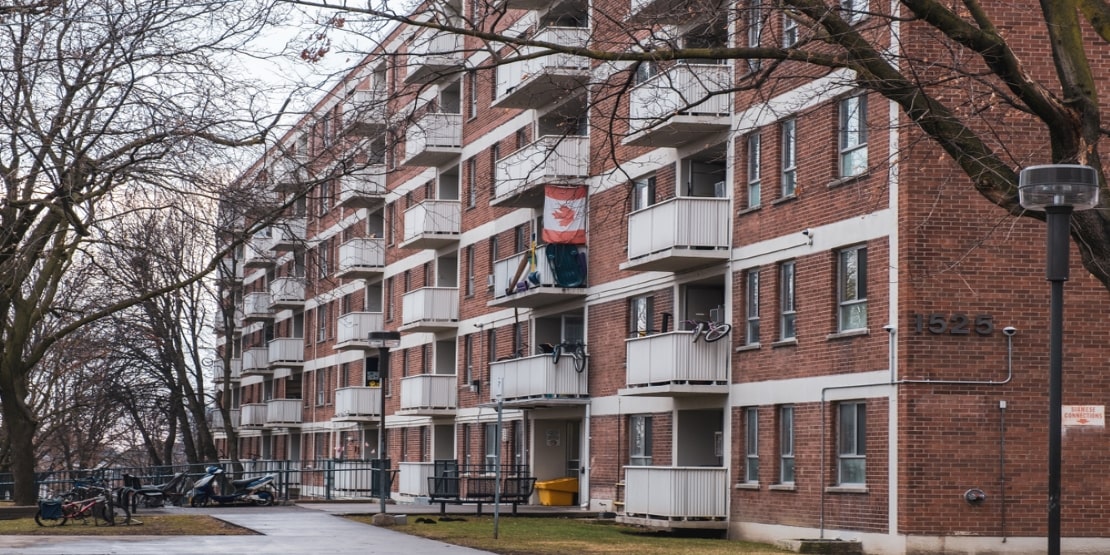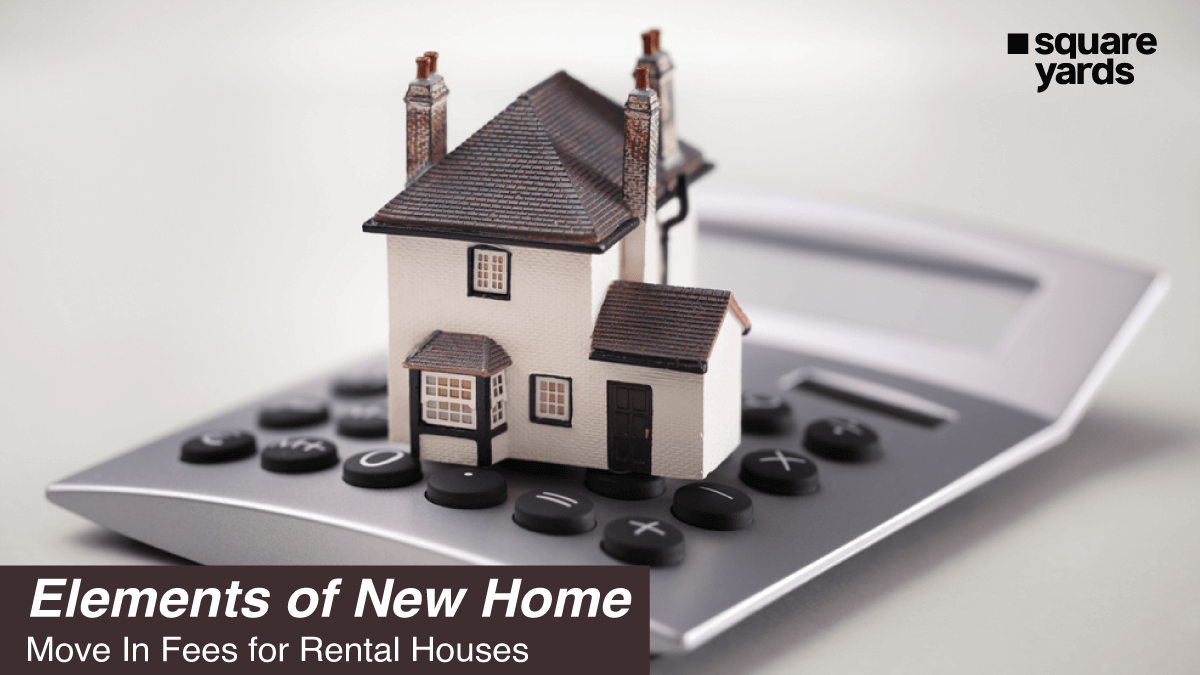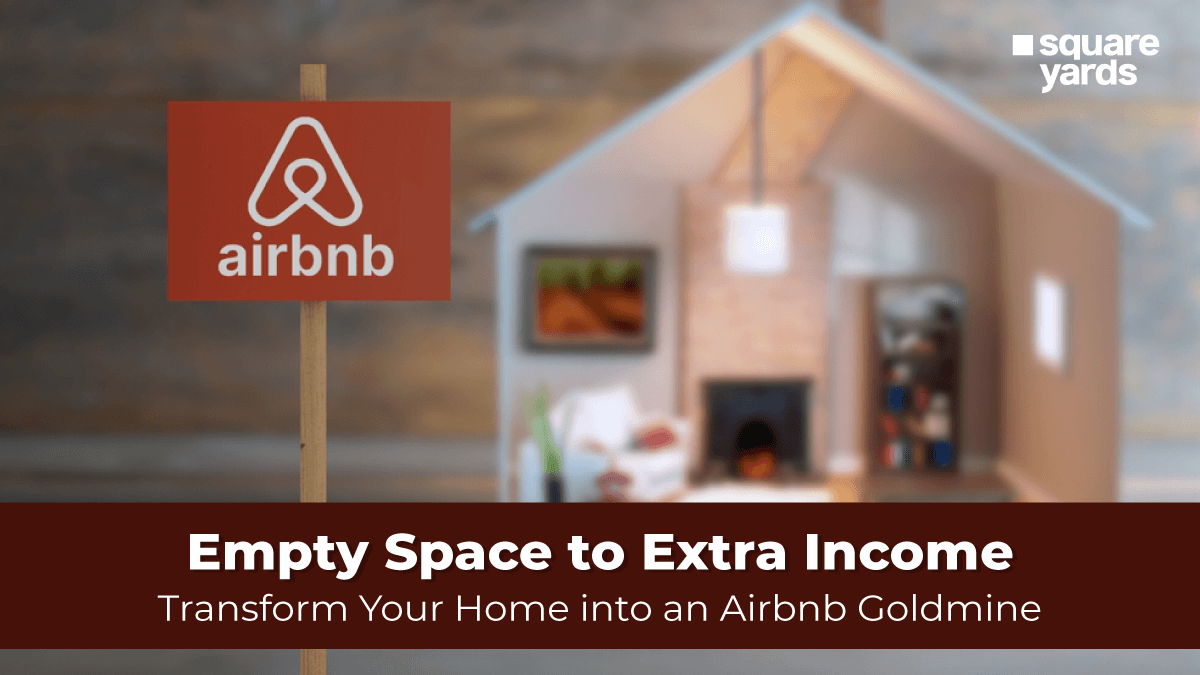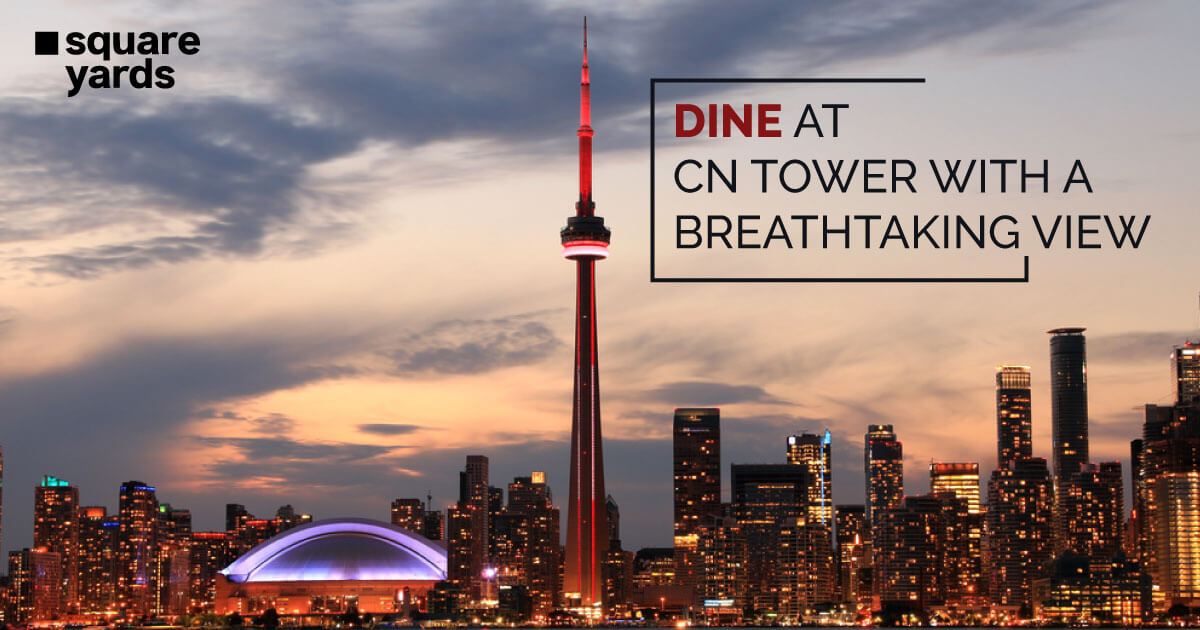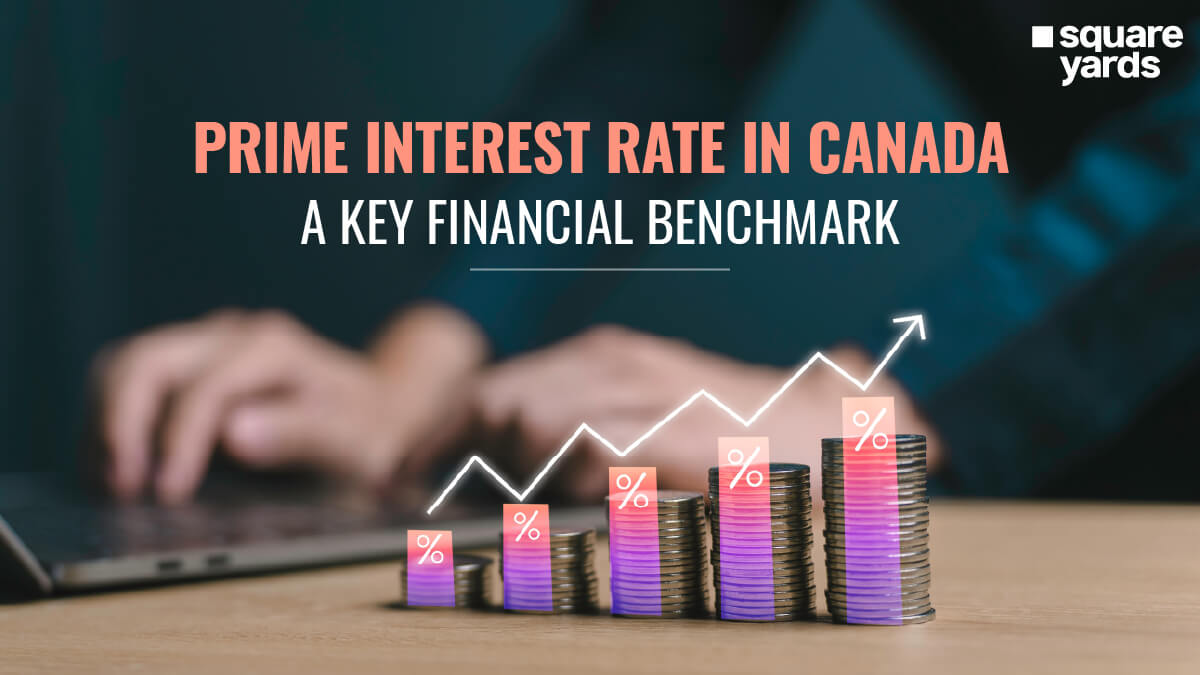Homeownership is everybody’s ultimate dream. Whether you own a rental or a property, having a place to call your own brings an unmatched sense of fulfilment. Given the diversity of housing types in Canada, homeownership has endless possibilities. From different designs to multiple configurations, there’s much to explore. In this blog, we take a comprehensive look at the many types of houses in Canada. Find out the best ways to finance them and explore diverse examples in this all-in-one guide.
Exploring Different Types of Houses in Canada
Discover the variety of housing options available in Canada, each offering unique layouts and sizes. Learn about the different types of homes, from single-family houses to modern condos, catering to various lifestyles and preferences.
Mansion
A mansion is a type of house in Canada that displays authenticity, social stature, class, and command over the community. It is a big house with many bedrooms, a big dining hall, and a beautiful garden. The word “mansion” comes from the Latin word Maniso, meaning a place to dwell or stay.
Bungalow
A Bungalow is a house with a single or another storey built under a sloping roof. In Canada, a bungalow is a one-story building for a single family. The fun fact is that the first bungalow was built in England in 1869. The popularity of Bungalows increased during the early 19th century.
Detached Houses
Any home that doesn’t share walls with other houses and stands independently is known as a Detached home. It is one of the prevalent types of houses in Canada. A detached house has a front porch, backyard, and more space than a standard house. However, detached houses are among the most costly types of houses in Canada and are always in high demand.
Semi-Detached Houses
Semi-detached houses in Canada share a wall with another home. They come in different sizes and have driveways. Compared to detachable houses, semi-detached houses are cheaper and easily available.
1 1/2 Houses in Canada
The 1 1/2-storey building is a sensible design that uses the space for a study room and a bedroom. The second storey doesn’t cover the entire ground floor but provides some additional space without costing much. Therefore, people in Canada prefer to buy this type of house.
Two-Storey Houses
In a two-storey house, one can have a big living room, office space, kitchen, and much more. Furthermore, the sleeping rooms are moved to the above floor, which helps use the maximum space.
Duplex, Triplex And Quadruplex Houses
Duplexes, triplex, or quadruplex are houses with a multi-storey. Every floor has a separate entrance used by the people who own the floor. Usually, there is only one owner (whether a person or a company) of the house, and others are tenants living there. However, in some cases, every floor is owned by a different owner. In both cases, one has to share the parking place and yard. However, with the development of apartments and other cheaper accommodations, these buildings are rarely seen.
Split-Level Houses
Split houses in Canada are newly built designs that have gained popularity. They are split at multiple levels. For example, Most split houses have the main level consisting of the common room, kitchen, or living area. The upper level consists of bedrooms. However, the layout of these split houses may differ from person to person. Also, this kind of house is mostly found in hilly areas of Canada.
Cottages
Cottages aren’t big, but they are the most common type of house in Canada, especially in the countryside. This kind of house has a big, wide porch attached to the bedroom or garage on both sides. Thus, the owner can either sit outside and enjoy the panoramic vistas or their privacy.
Apartments
The apartments in Canada are small, and almost half a million people live there. It is difficult to find an apartment less than 100 sq. ft.
Condominiums or Condos
Condos or Condominiums have stairs or elevators attached inside the house. There is a shared hall, and this type of house in Canada is also rented out for significant periods as it is more expensive than apartments. These houses are enough to accommodate a single family.
Townhouses
Townhomes or townhouses in Canada are rows of houses that share a wall on either side with the adjacent house. They are not as similar to any other type of house as people describe them to be. Canadian townhouses can be considered semi-detached houses as they only share one common wall with another one. At times, Canadian townhouses sometimes come packed with outdoor patios or gardens and sub-level garages. Because they are highly affordable, stylish, and in a prime location, they are extremely popular and flexible amongst families and settlers.
Apartments in Buildings With Less Than Five Storeys
Apartment buildings that have less than five storeys are categorised as low-rise apartments. Entry to the building is usually shared, with secondary access to the units available from within the building. These buildings provide limited but sufficient everyday amenities. Popular kinds of low-rise apartments in Canada are listed below:
Low Rise Condominiums
A condo building contains multiple residential units along with common areas. The units are individually owned, and everyone can access the common facilities. These common facilities include a lobby, swimming pool, parking, garage, and other features.
Condominium residences are typically popular in Canada, especially among first-time homebuyers. These are administered by a condo corporation, a legal entity that acts in the interest of the owners and oversees the management of the common areas. Each owner is a member of the condo corporation, and collectively, they select a board of directors. This board further manages the reserve fund and decides on behalf of the owners.
While the condo corporation manages the shared facilities, the owners maintain the individual units. Owners are also responsible for filing taxes for their units and paying the corporation a monthly fee for the complex’s upkeep.
Rental Apartments
As the name suggests, the tenant does not own a rental apartment. The ownership usually stays with the landlord or the building, while the tenant can use the property for a specified time. The tenant must pay the monthly rent and follow the rules laid down by the building management. The building’s staff usually looks after the maintenance.
Home seekers prefer buying low-rise rental apartments for their affordability. Limited maintenance responsibilities and cheaper costs make them a popular option. However, low-rise rental apartments offer fewer amenities than mid-rise or high-rise rental properties. However, they are a great choice for anyone looking for budget-friendly temporary accommodation.
Apartments in Buildings With More Than Five Storeys
Apartment buildings with over five storeys are categorised as mid or high-rise apartments. These buildings house multiple residential units and are known for offering high-end facilities. Residents enjoy top-level security and premium amenities. Mid or high-rise apartment buildings can be classified as:
Mid or High Rise Condominium Apartments
Mid- and high-rise condominiums differ from low-rise condominiums in terms of their overall appeal and amenities. Some popular amenities in such buildings include a lobby, parking, garage, sports facilities, party halls, lounges, barbecue areas, meeting rooms, and others. Further, mid- and high-rise condos offer a much more spacious living experience.
Besides these differences, most other aspects remain the same. Like low-rise condos, mid- or high-rise condos also feature a condo corporation. This corporation constitutes an elected board of members that manages the common amenities. Further, the owners take care of individual units, pay monthly maintenance fees, and file taxes.
Mid or High-Rise Rental Apartments
Mid- or high-rise rental apartment buildings are permanent buildings with more than five storeys. They house multiple residential units, which are usually owned by a single entity, typically the developer, and rented to different tenants.
Much like condominiums, mid- or high-rise rental apartments offer better amenities than low-rise rental apartments. Further, the management company oversees the maintenance of the units and common areas and the administration of the building.
Movable Houses in Canada
Houseboats, trailers, and other temporary accommodations are categorised as movable houses. These are easy to relocate and can be moved without much hassle. However, the land on which these houses stand must be purchased or rented separately. Movable homes are single dwellings that are habitable throughout the year. These are insulated to provide necessary support even during the harshest of temperatures.
Lenders are often less encouraged to finance a movable house. This is primarily because of its low market demand and depreciating nature. Further, movable houses are also difficult to resell, making it even riskier for lenders. Movable houses are available in multiple categories. Some of the popular options include:
Mobile Homes
Mobile homes are prefabricated structures designed for easy relocation. They pose as a cost-effective housing option and are usually placed on rented land.
Caravans
Caravans are movable trailers that perfectly embody the nomad life. These are very compact and can be towed easily by vehicles. Well-equipped with basic amenities, these are among the most popular movable homes in Canada.
Floating Homes
Floating homes provide a unique living experience. They are anchored on water bodies and insulated for year-round habitation, but they often require special docking and maintenance arrangements.
Average Area of Different Types of Houses in Canada
| Types of Houses in Canada | Avg. Area (approx.) |
| Mansion | 5000 to 8000 Sq. Ft |
| Bungalow | 900 to 1400 Sq. Ft. |
| Detached Houses | 1800 to 2500 Sq. Ft. |
| Semi-detached Houses | 920-1190 Sq. Ft. |
| 1 1/2 And 2 Storey Houses | 1200 to 2000 Sq. Ft. |
| Duplex And Quadruplex Houses | 1000 to 2200 Sq. Ft. |
| Split Houses | 50 to 75 feet wide and 100 to 150 feet deep |
| Cottages | 100 to 500 Sq. Ft. |
| Apartments | 100 Sq. Ft. |
| Condominiums or Condos | 895 Sq. Ft. |
How to Buy Your Preferred Housing Type in Canada
The most popular way of financing your new home in Canada is through a mortgage. Once you have finalised the type of property you’d like to buy next, follow these simple steps to finance your choice:
-
- Finalise a Budget: The first step is to settle on a realistic and practical budget for your next purchase. Once you have done this, it is crucial to stick to it.
- Check Your Credit Score: The better the score, the better the mortgage. Top lenders in Canada prefer lending to applicants with a credit score of 650 or more. Applicants with a credit score of 500 or less are likely to secure a lesser-grade mortgage.
- Choose the Right Lender: A mortgage broker can help explore and finalise a suitable lender. Further, a preapproval from a lender can offer you a real picture of how much you can borrow.
- Choose the Right Mortgage: Since many mortgage options are available, be sure to choose an option that aligns well with your preferred property type.
- Make an Offer: After deciding on a new home, put out an offer. Having a preapproved mortgage will make you more qualified and increase your chances.
- Apply for the Mortgage: Once you’ve found a seller, apply for the desired mortgage at the chosen lender. After completing all formalities, close the mortgage and enter your new home.
Bottom Line
The real estate market in Canada is hot, making it important to choose the right location and type of house in Canada. The above options help narrow your search for a home that fits your budget. For families, detached houses, duplexes, condos, or bungalows are great choices, while bachelors may prefer an apartment, split house, or cottage. Square Yards can assist you in finding your dream home or rental in a prime location that suits your needs and budget.
You May Also Read
|
Canadian Virtual Open House |
|
|
Guide To Housesigma Canada |
|
|
Explore Laneway House in Toronto |
|
|
Know About Passive Houses in Canada |
|
|
Discover Open Houses in Canada |
Frequently Asked Questions (FAQs)
What are the famous houses in Canada?
Some of the topmost famous houses in Canada are The Fold Place, The Hambly House, Vancouver's Pride, Lake of the Woods Boat House, and Greenmoxie Tiny House.
What are the big houses called in Canada?
Big houses in Canada are known as Mansions or Manors.
Whats a word for a fancy house in Canada?
The jaw-dropping fancy houses in Canada are known by the following popular names: Estate, Villa, Manor, Palace, Manor-House, Mansion house, etc.
Which house is bigger than a mansion?
A manor is considered bigger than a mansion because a mansion consists only of a building whereas a manor has land, extended gardens, woods, orchards, and lakes or ponds.
What is a small country house called?
The small country houses in Canada are known as cottages.
Can you get a mortgage for every house type in Canada?
Most of the customary house types are eligible for a mortgage, as long as one meets the criteria of approval in Canada. For properties like a boat or marine loans which eventually can be used as a home get speciality lenders but do not qualify for conventional mortgages. If one plans to build a house, they’ll have to apply for a construction loan.


